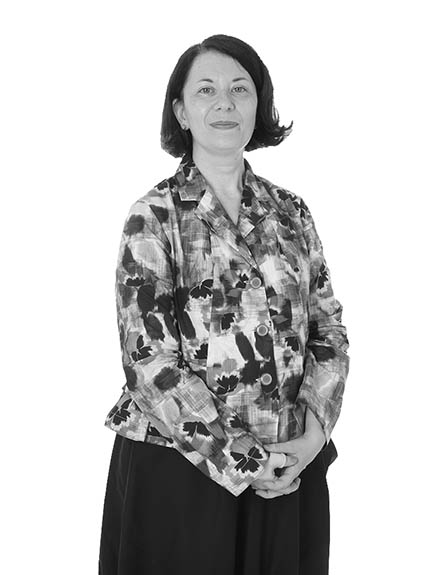| marie-hélène le ny |
|
photographist |

|
“The
introduction of the law on space objects was a very lucky coincidence
at the time my thesis. I specialise in private law – law
between individuals, between commercial companies. I am also
interested in international law in relation to private companies.
We can go to celestial bodies; we can send a satellite into space; we can set up a base... As a result of space treaties developed by the UN during the 1960s, it isn’t possible to claim ownership of celestial bodies. Unfortunately, the Treaty of 1979 in relation to the moon and other celestial bodies was not ratified by any nation that had the technical and financial capabilities of going there. We are far from achieving an international management of everything that we could discover on the moon and other celestial bodies... From a legal perspective, determining the limit of airspace and outer space is essential. Airspace is subject to national sovereignty – so has a special legal status – and outer space is subject to a non-sovereign legal regime. The limit is at around 100 km, which is much higher than airspace, but much lower than outer space, thus this may prove problematic for the development of space tourism.” |
||
|
Laurence Ravillon (
† 2017) Dean of the Dijon Faculty of Law – University of Bourgogne |
|||
|
|
|
|